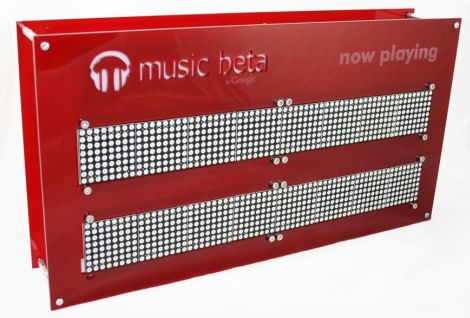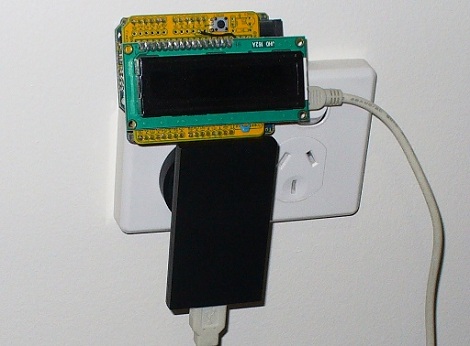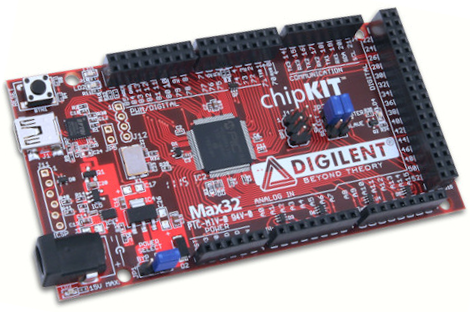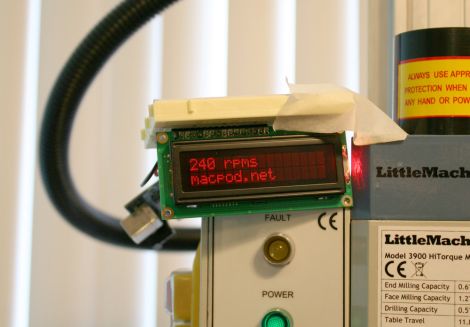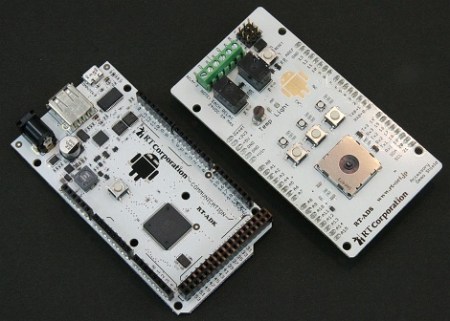
[Rich] needed to come up with a senior design project and decided to combine two things he loved: his Android phone and Super Nintendo.
While touchscreen phones are great, he felt that nothing beats the tactile feedback of a physical controller when it comes to gaming. He figured out how the controller’s signaling works, then wired it up to an Arduino Pro Mini 328. The Arduino interprets the SNES controller’s signals, sending them to his Android phone via a BlueSMiRF Bluetooth module.
He originally had all of the components crammed in a cardboard box, but much like we pointed out yesterday, he realized that a project really comes together when housed in a proper enclosure. He managed to squeeze all of his components into the SNES controller’s shell aside from the battery pack he used to power the remote. After a little bit of Bondo and a few coats of paint were applied, the controller is looking quite sharp.
Stick around to see a quick demo video of his controller in action, and check out this tutorial he put together explaining some of the principles he used to construct it.
Continue reading “Bluetooth Super Nintendo Controller For Android Gaming”

